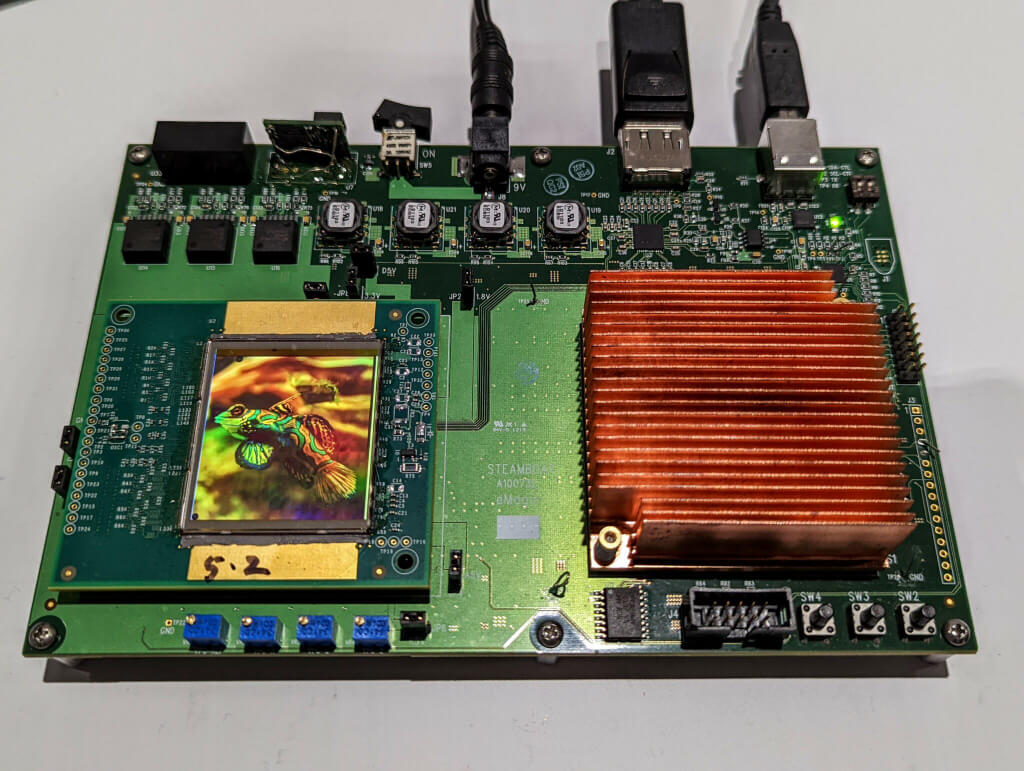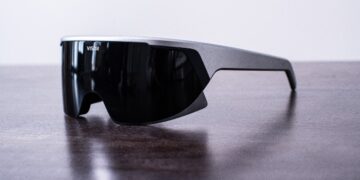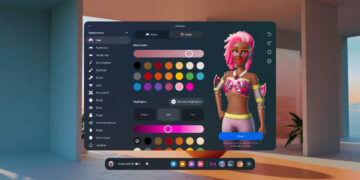New details about Samsung’s RGB Micro-OLED Displays show how they can be used for upcoming VR/AR Headsets
Rumors and leaks regarding Samsung’s VR/AR device have been circulating online for some time now. The speculation gained further credibility when the company officially announced its collaboration with Google and Qualcomm for the development of its next mixed-reality platform.
During the I/O 2023 conference, Google stated they will share more information about their collaboration with Samsung on “immersive XR” later this year. This statement aligns with the device’s expected announcement this year, although recent leaks have introduced some doubt, the possibility remains open.
Just two weeks before Apple’s WWDC Announcement, Samsung made a significant acquisition by acquiring eMagin, a startup display company known for its research on revolutionary Micro-OLED displays with an RGB stack. This acquisition is expected to enable much brighter displays. But what makes these displays brighter?

The reason behind the increased brightness of eMagin’s Micro-OLED displays, compared to conventional white Micro-OLED displays used in devices like Apple Vision Pro or Bigscreen Beyond, is that normal white displays filter out around 80% of the light emitted from the display before it reaches the optics.
In contrast, eMagin’s display technology has achieved impressive nits values as high as 15,000, whereas Bigscreen Beyond only reaches 1,800 nits by comparison. This advancement in brightness opens up possibilities for more immersive experiences in XR, with visuals that are closer to real life.
Why it is so important? Well, it seems that Samsung wanted this technology so badly that just a month after acquiring eMagin, they started full-scale development of these displays. It appears that the company is determined to incorporate these advanced Micro-OLED displays into their upcoming XR headsets as quickly as possible.

It is unlikely that the company will incorporate these new RGB micro-OLED panels in their upcoming headset, as the manufacturing of this technology is still challenging and has not been realized yet. However, it is highly probable that we will witness the integration of these displays in VR and AR headsets in the near future, given the high demand and interest from companies like Apple and Meta.
The benefit for us, consumers, lies in the fact that Samsung Displays Corporation is a global supplier, meaning that by manufacturing these displays, the company won’t restrict their availability exclusively to themselves. Instead, they can supply other companies, including competitors, with an exception for shipping prioritization of the displays to their parent company, Samsung.



































